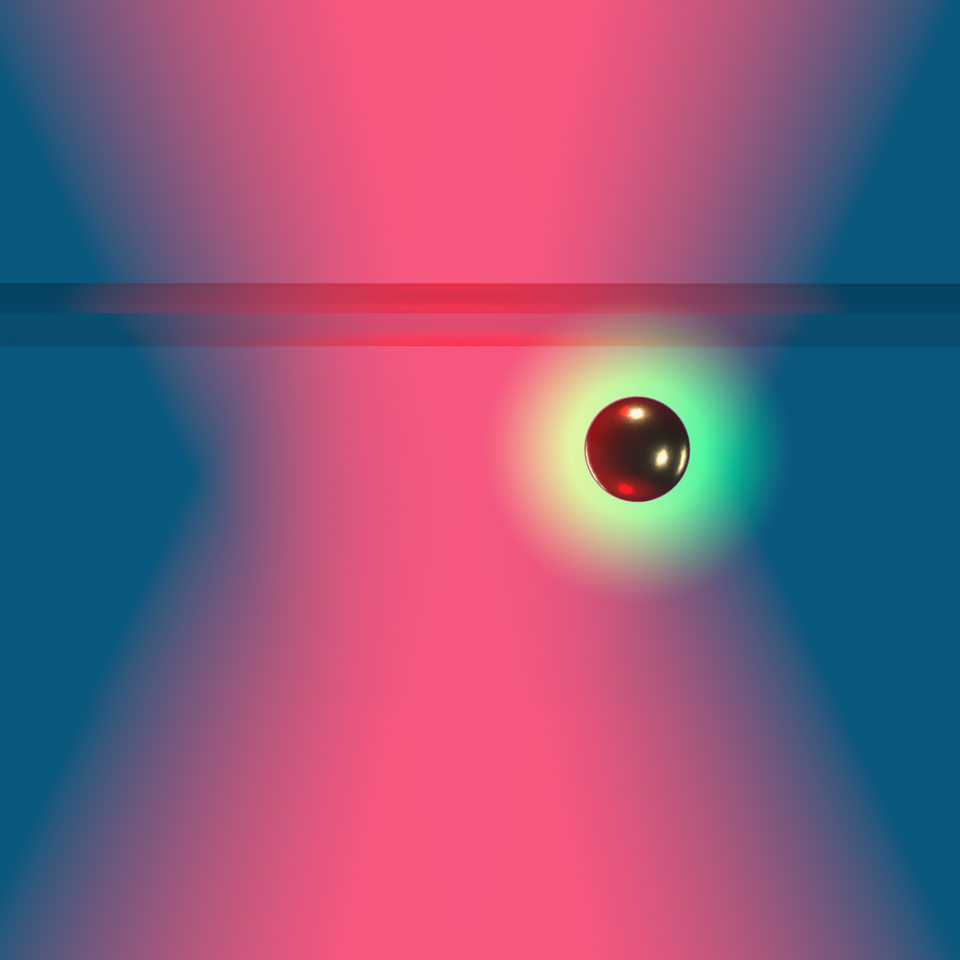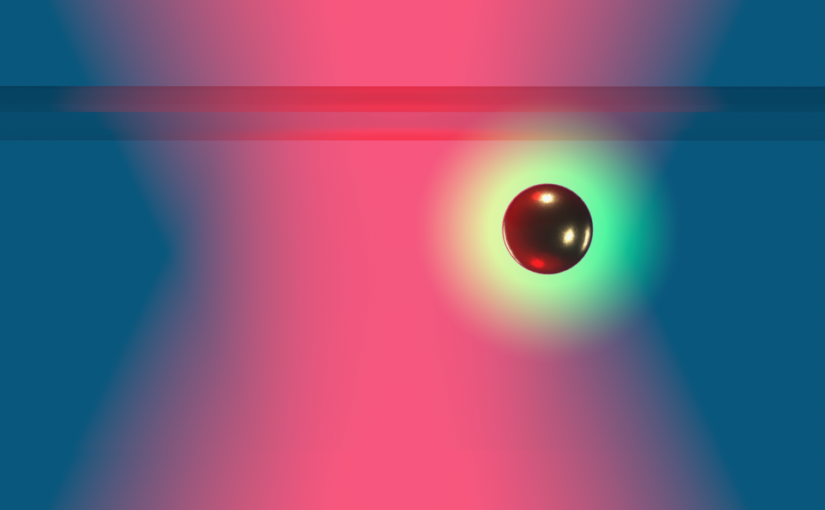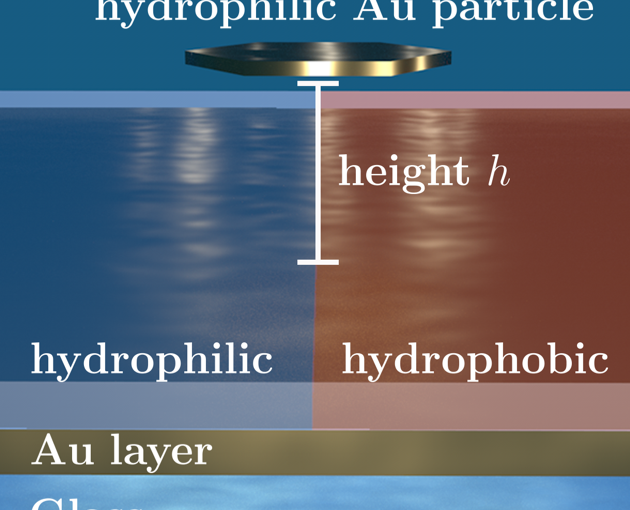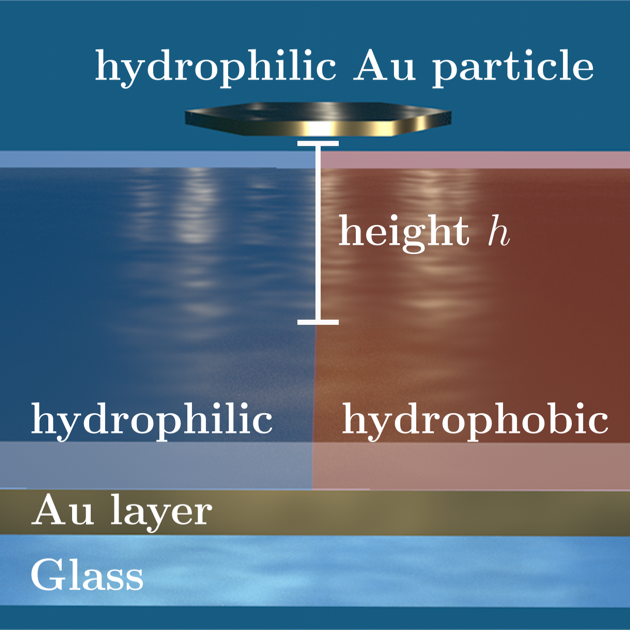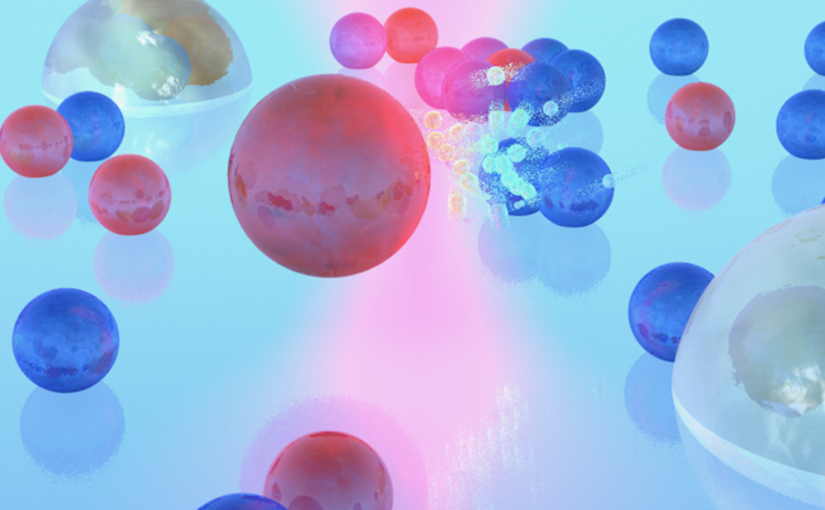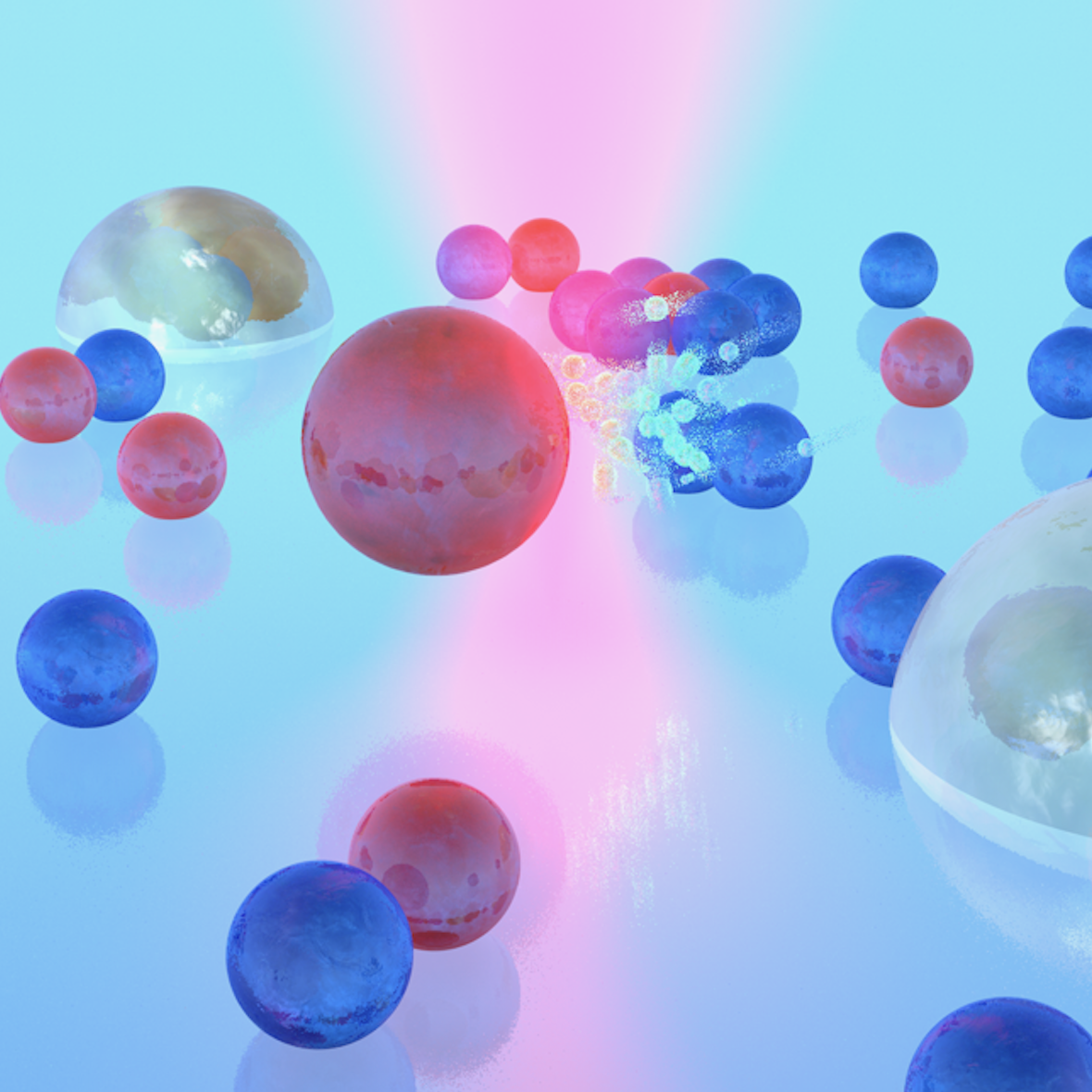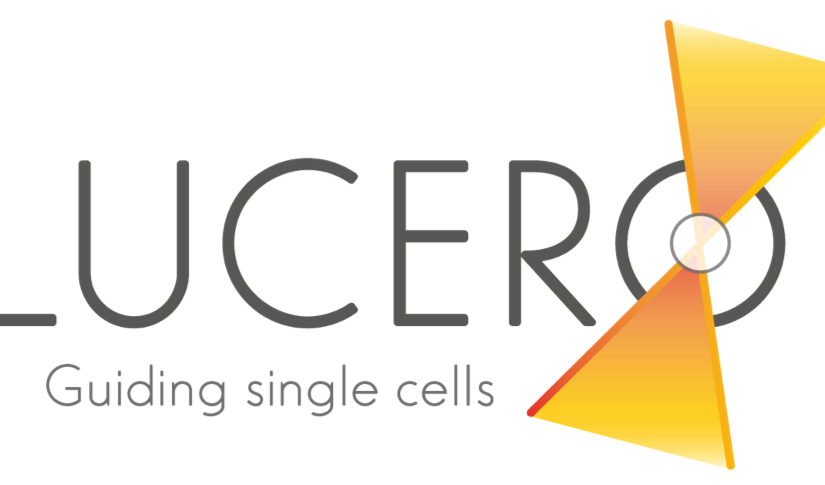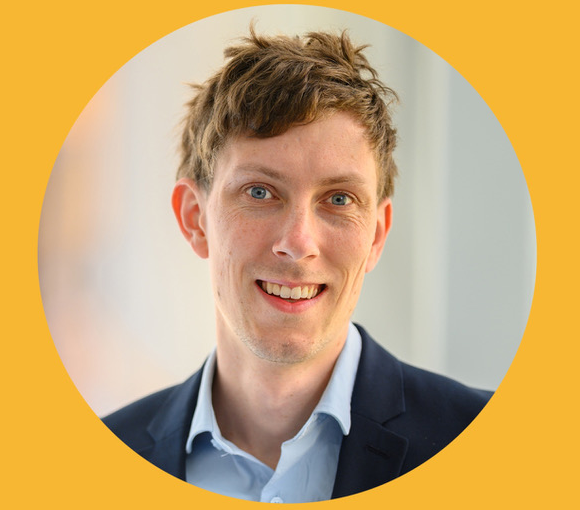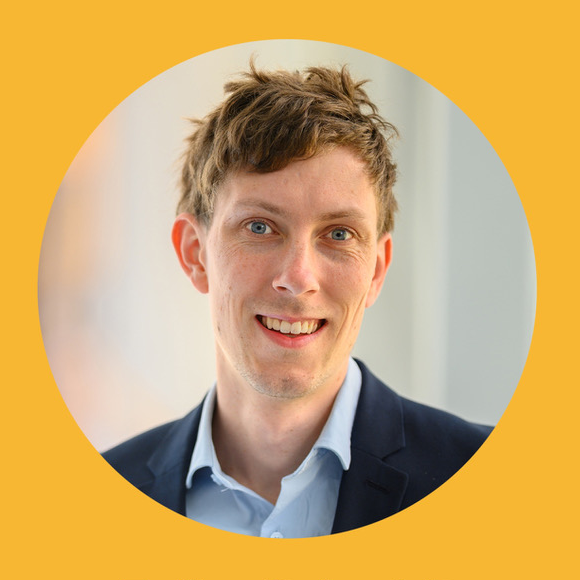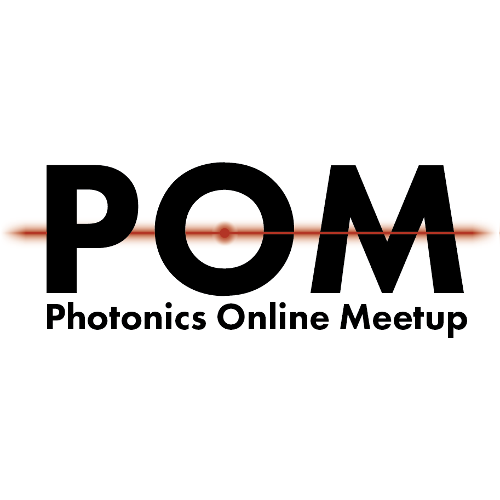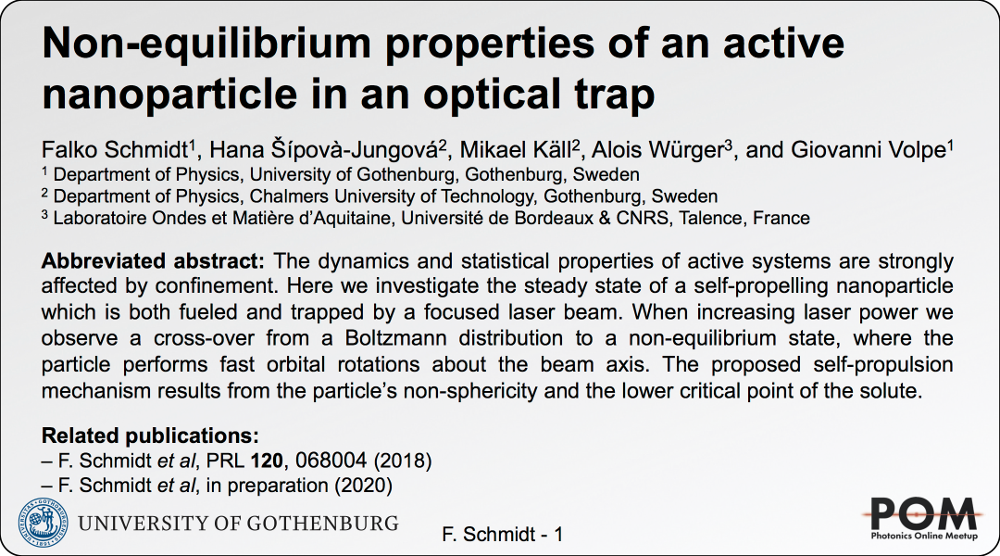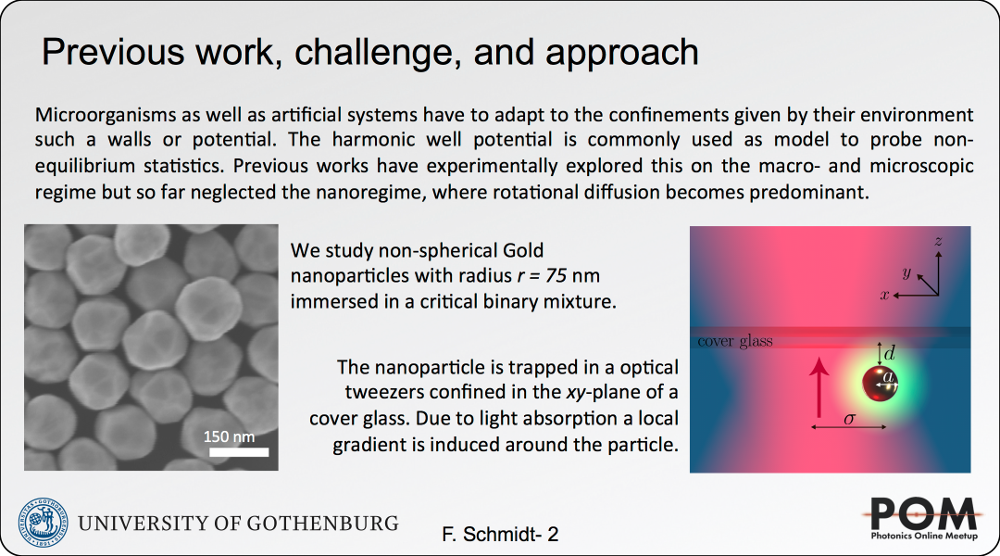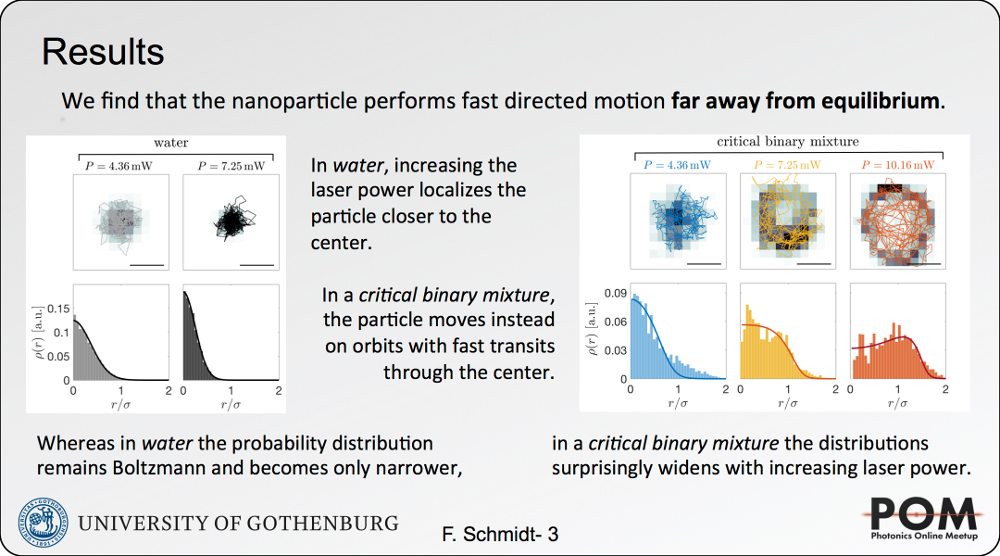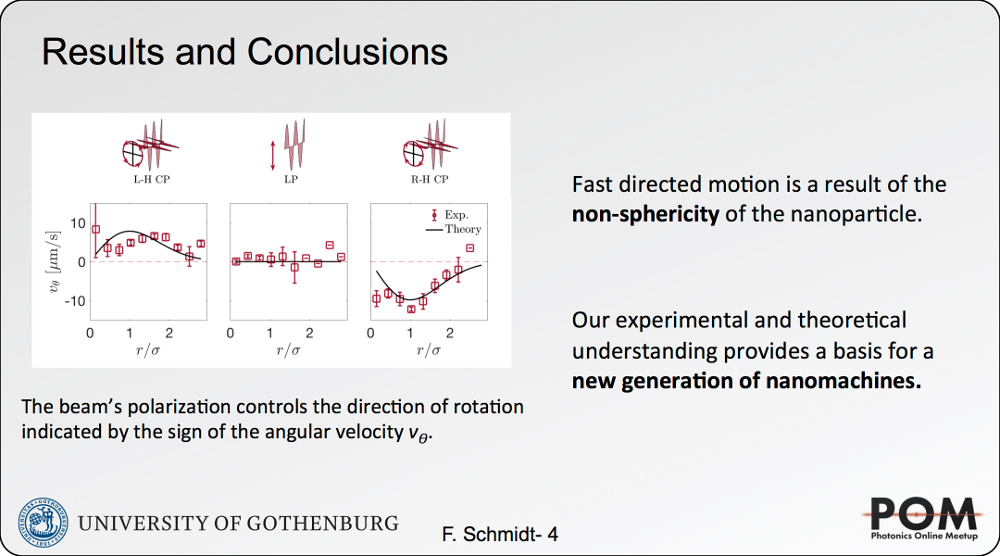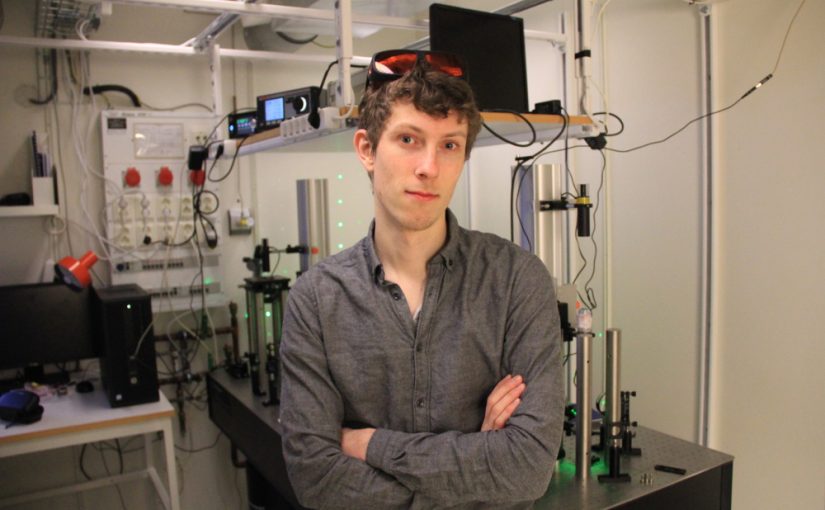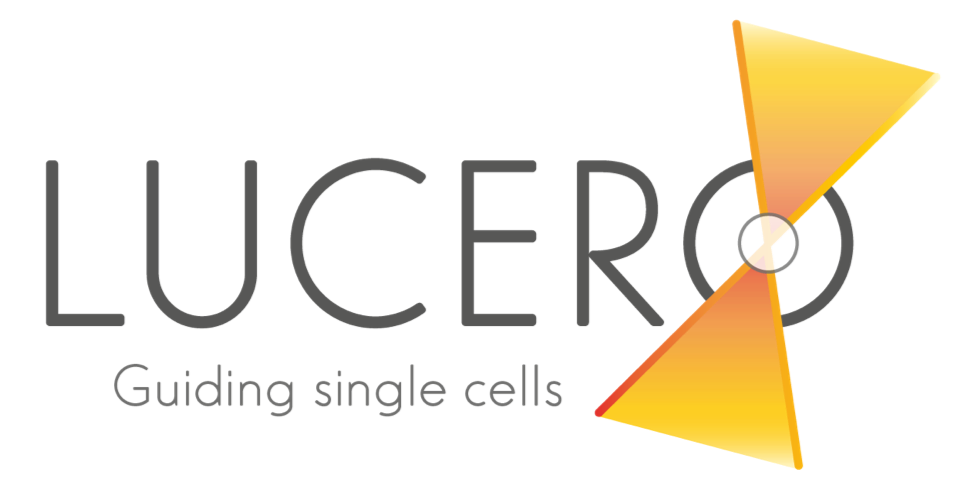 The spinoff Lucero emerged a year ago as a joint effort between the Soft Matter Lab, the Biological Physics Group and the Chalmers School of Entrepreneurship. The idea of providing a non-invasive micromanipulation platform recently received initial support from the European Research Council (Proof of Concept) and Chalmers Ventures. Lucero has now been nominated for “Best HealthTech Startup” in the Swedish national final of the prestigious Nordic Startup Awards. National winners are partially determined by public vote and will go on to compete against the winners from Iceland, Finland, Norway, and Denmark in the Nordic Final.
The spinoff Lucero emerged a year ago as a joint effort between the Soft Matter Lab, the Biological Physics Group and the Chalmers School of Entrepreneurship. The idea of providing a non-invasive micromanipulation platform recently received initial support from the European Research Council (Proof of Concept) and Chalmers Ventures. Lucero has now been nominated for “Best HealthTech Startup” in the Swedish national final of the prestigious Nordic Startup Awards. National winners are partially determined by public vote and will go on to compete against the winners from Iceland, Finland, Norway, and Denmark in the Nordic Final.
The public voting period is now open and the winner of each category will be announced on November 26th.
To vote, click here.
“The first prototype is on its way and we hope to start the initial tests with biological samples pretty soon, all thanks to the support from Chalmers Ventures and Prof. Giovanni Volpe.” Alejandro Diaz, co-founder of Lucero.
Lucero is joined by four other up-and-coming Swedish startups in the HealthTech category, including Spermosens, tendo, Flow Neuroscience, and Deversify.
Other categories include: Startup of the Year, Best Newcomer, Founder of the Year, Investor of the Year, Best Co-working Space, Best Accelerator/Incubator Program, Ecosystem Hero of the Year, Best Virtual Teamwork Solution, People’s Choice, and Best Climate Impact Startup.
The Nordic Startup Awards is part of the Global Startup Awards, which is a large startup competition that aims to recognize and connect entrepreneurs, investors, accelerator/incubator programs, and government initiatives from all around the world.
Follow Lucero’s updates on Lucerobio.com/, LinkedIn, and Instagram.
Links:
LinkedIn: https://www.linkedin.com/company/lucero/
Instagram: https://www.instagram.com/lucero_bio/
Lucerobio: https://www.lucerobio.com/
